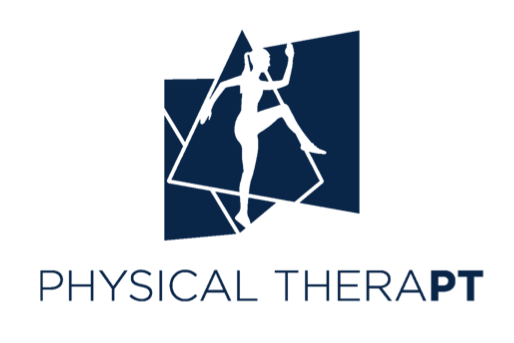The literature has shown exercise can decrease pain, improve function, and limit time off work due to pregnancy-related back and pelvic pain. In general, strengthening routines should focus on muscles of the back, core and pelvic floor. Bonus circuits can also include upper body strengthening in preparation to lifting and carrying your bundle of joy. Depending on your experience with exercise, you can choose between independent sweat sessions, or working one-on-one with a coach. Prenatal group exercise classes are recommended for individuals who find themselves needing modifications for greater than 50% of the class. But what if you feel too pregnant to exercise?
Enter water aerobics. While the class may conjure images of senior citizens in shower caps, aquatic therapy is frequently used with patients who are pregnant. Being in the water up to chest level takes off 70% of your body weight. This can be extremely helpful for soon-to-be moms who are having painful back and pelvic girdle issues, allowing for exercise until they can tolerate more land therapy.
A 2016 systematic review of literature, found strong evidence demonstrating benefit of combined aquatic and resistance for maternal cardiorespiratory fitness and prevention of urinary incontinence. Additionally, a 2011 study found that aquatic therapy is effective in reducing peripheral edema (swelling in the ankles and feet).
Depending on your community, access to a pool may vary. Some health clubs and specialty physical therapy clinics offer individual and group classes depending on local health regulations. Your OB-GYN can be a great resource for other options. Just be sure to double-check with your primary medical team before jumping in the nearest lake!



